Architizer's new image-heavy daily newsletter, The Plug, is easy on the eyes, giving readers a quick jolt of inspiration to supercharge their days. Plug in to the latest design discussions by subscribing.
While the future of architecture brings to mind shiny new developments on open plots, one cannot ignore the urgent need to address crises at the heart of our existing cities. As cities become denser, that density is not always distributed equally. Sometimes, neighborhoods and urban lots are abandoned or left derelict, or may simply suffer from poor design and planning. Adaptive reuse and regeneration projects aim to breathe new life into neighborhoods and open spaces, activating disused sites into active areas that respond to urban life today.
Though urban regeneration projects are normally discussed at the scale of masterplans, architecture and landscape designs also activate sites by looking beyond the property lines. By embracing larger contexts and the urban fabric, these projects can take on social and environmental issues. The following A+Award-winning projects showcase a range of urban regeneration approaches across diverse scales. Representing great designs around the world, they show how we can begin to rethink urban regeneration into the future.
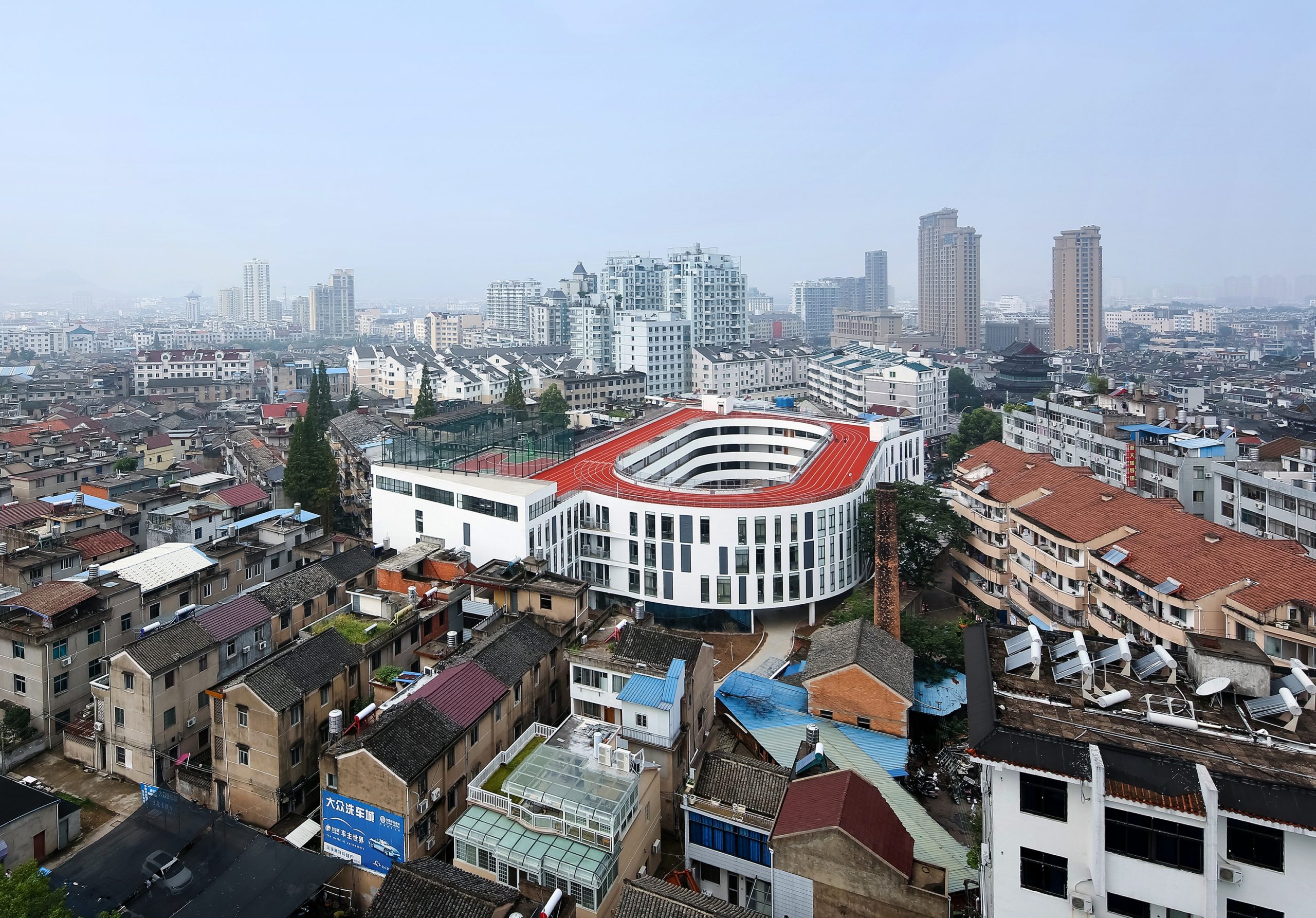
 Tiantai No.2 Primary School by LYCS Architecture, China
Tiantai No.2 Primary School by LYCS Architecture, China
2015 Popular and Jury Choice A+Awards
TianTai No.2 Primary School strives for a unique design that will serve as a model school for elementary school children. The project aimed to solve the problem of land shortage in the old city. With land being scarce, the 200m running track was projected onto the roof level, giving an additional 3000+ sqm of usable area on the ground as well as the oval shape of the school building, creating a sense of inwardness and security for the students. Lifting the running track also allows for a total project height of 4 floors instead of 5 as originally required, creating a more harmonious relationship between the new school and the surrounding urban context.
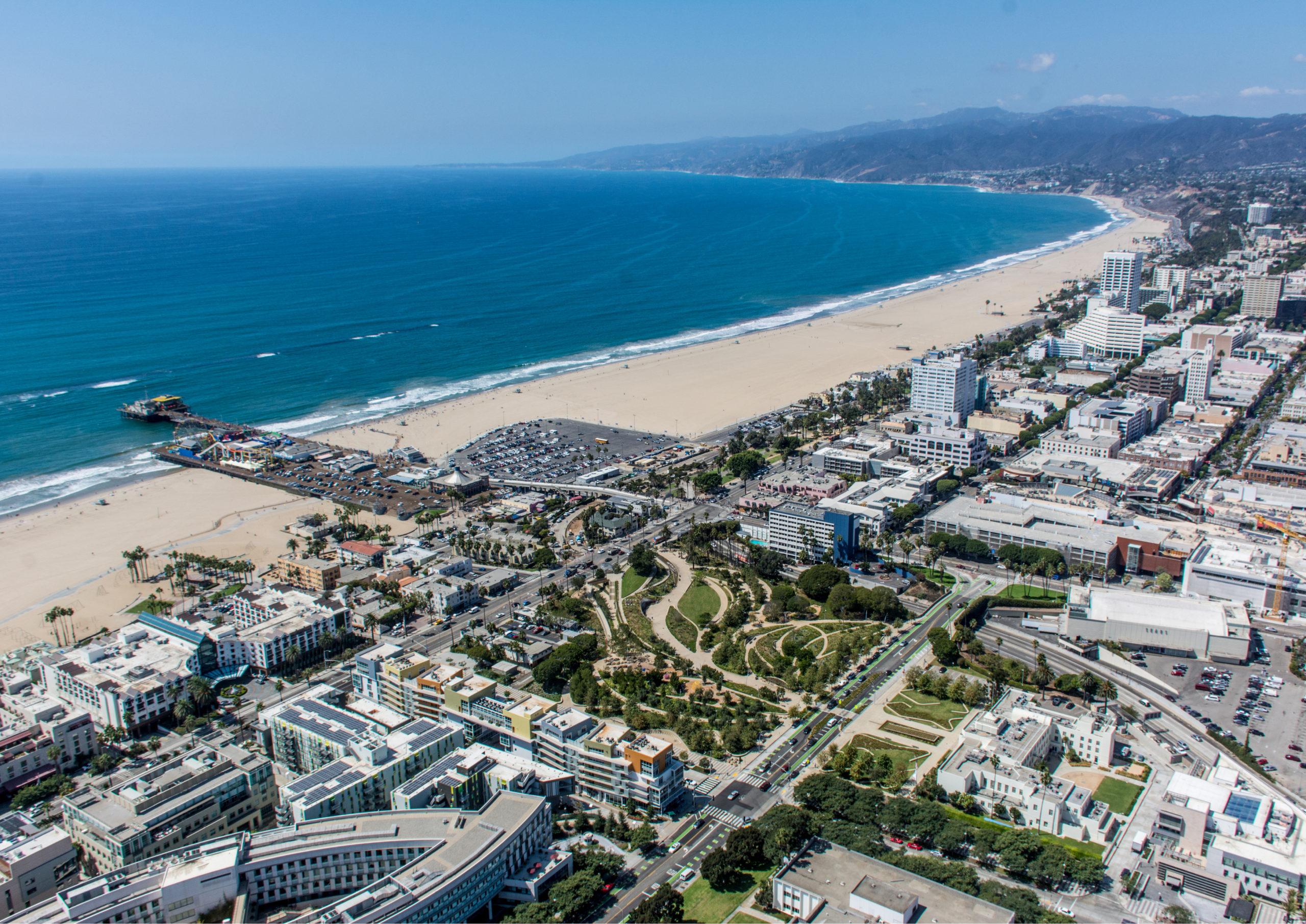
 Tongva Park and Ken Genser Square by James Corner Field Operations, Santa Monica, CA, United States
Tongva Park and Ken Genser Square by James Corner Field Operations, Santa Monica, CA, United States
2015 Jury Choice A+Award
Situated on 7.4 acres between City Hall, the I-10 freeway, and Santa Monica’s iconic palm tree lined Ocean Avenue, Tongva Park and Ken Genser Square have transformed a derelict and flat parking lot into landscape of rolling hills, swales, Mediterranean meadow gardens, and active urban spaces. Design and sustainability come together in this project to produce a new type of urban landscape that is active, innovative, resource-conscious and ecologically rich. Shaped by extensive public participation, the design redefines the center of Santa Monica, re-connects the city fabric, and features a dynamic topography of rolling hills, meadows and gardens.

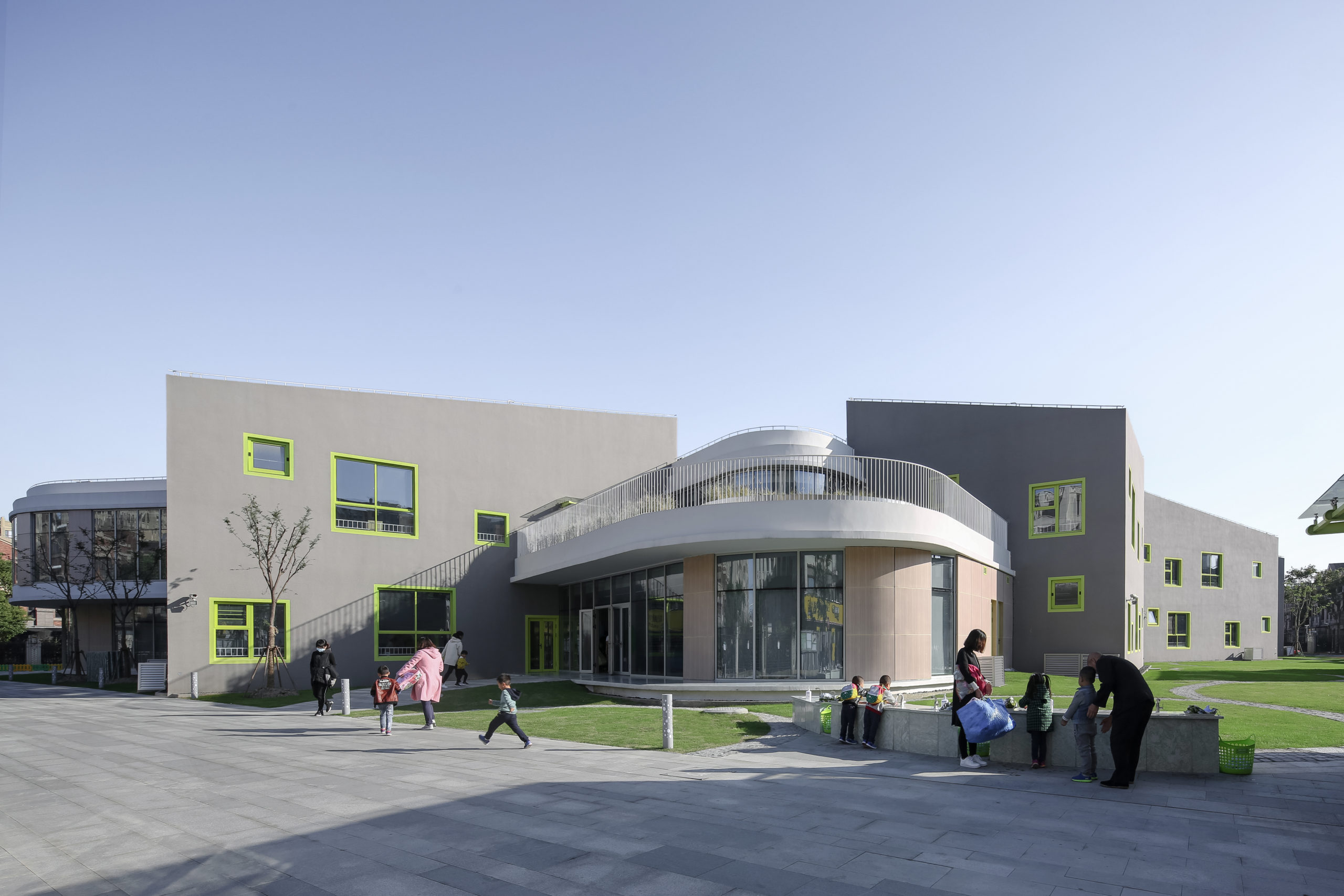 Infinity Kindergarten by Office Mass, Shanghai, China
Infinity Kindergarten by Office Mass, Shanghai, China
2018 Jury Choice A+Award
In an irregular land encircled by a typical villa area in Shanghai, Office Mass aimed to break through the dual restriction of surrounding environment and norms through design strategies to create an ideal space in the city for children. The kindergarten looks like infinity symbol from aerial view, so it’s called infinity kindergarten. The team faced the problem of how to respond to this passive site with a positive attitude – the decrease in land use efficiency caused by irregular terrain and the lack of independence brought by being too close to the villa area. The team was inspired by the idea of a bonsai to create an ideal condition in the existing urban fabric.

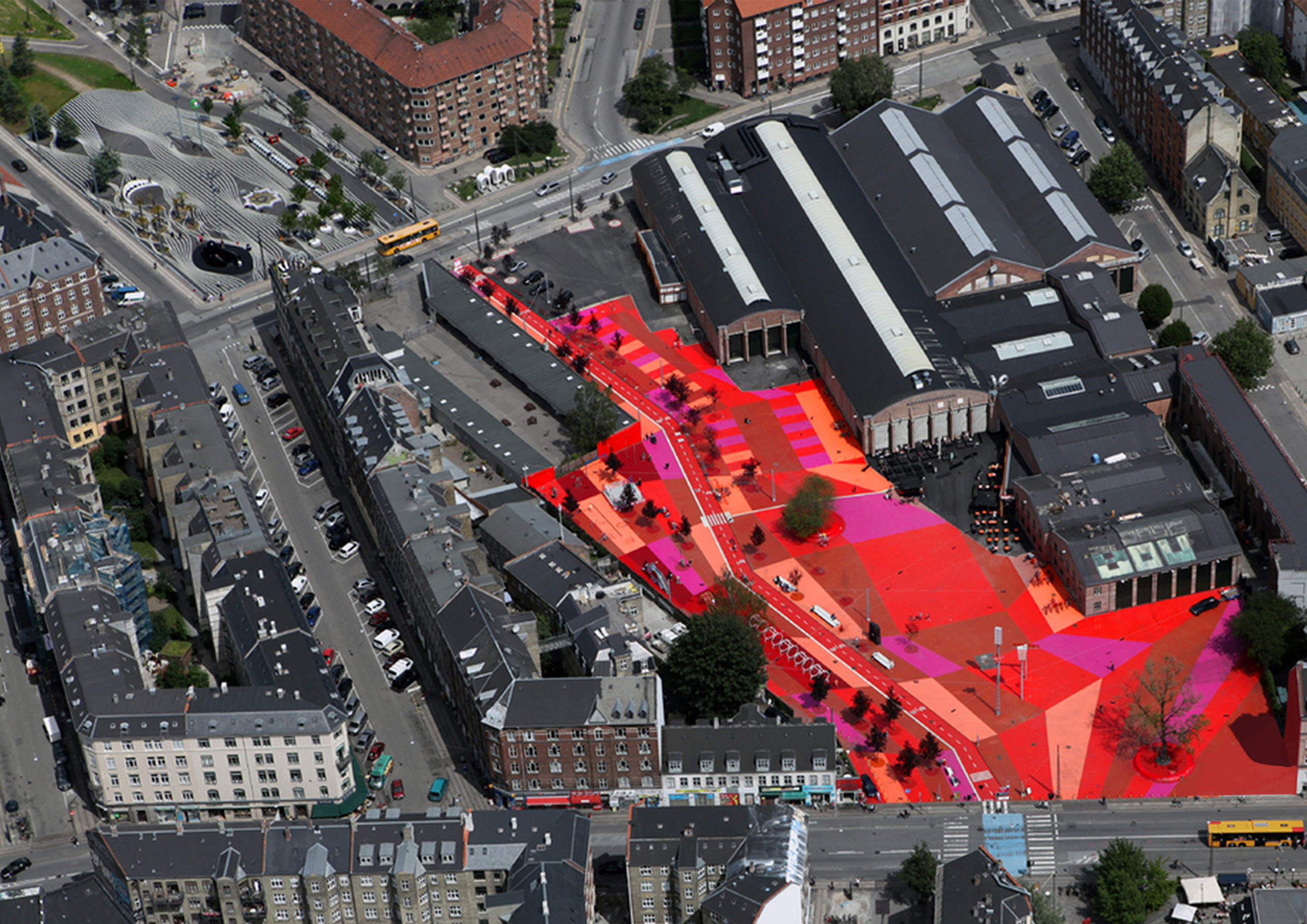 SUPERKILEN by Topotek 1, Superflex, and BIG – Bjarke Ingels Group, København, Denmark
SUPERKILEN by Topotek 1, Superflex, and BIG – Bjarke Ingels Group, København, Denmark
2013 Popular Choice A+Award
Superkilen is a half a mile long urban space that cuts through one of the most ethnically diverse and socially challenged neighborhoods in Denmark. The project possesses all that typically makes up a modern park with trails for pedestrians and cyclists, connections to local transport and outdoor recreation spaces along with a market space and games areas. The project is intended to celebrate the neighborhood’s multi-cultural heritage and unite everybody in one global neighborhood. The conceptual point of departure is the division of Superkilen into three main zones: the red square, the green park and the black market.

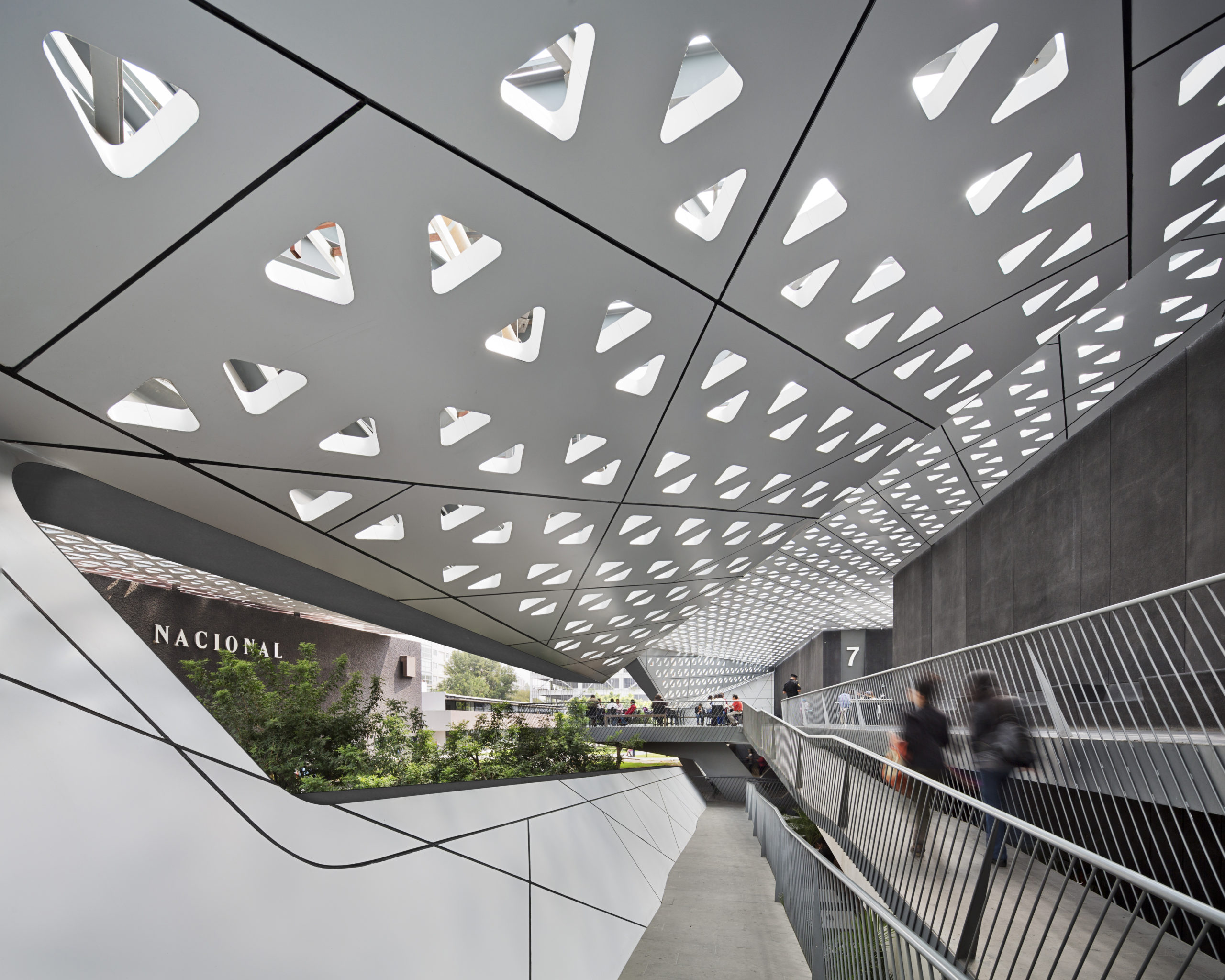 Cineteca Nacional Siglo XXI by Rojkind Arquitectos, Mexico City, Mexico
Cineteca Nacional Siglo XXI by Rojkind Arquitectos, Mexico City, Mexico
2014 Popular Choice A+Award
Located in the southern quadrant of Mexico City the National Film Archive and Film Institute of Mexico is home to the most important film heritage of Latin America. Its campus occupied an underutilized site of considerable dimensions within Xoco. Cineteca’s original project brief included the expansion and renovation of the existing complex including additional vault space and four more screening rooms. But additionally, in response to the immediate urban condition, restorative work needed to be done to reclaim part of the site as public space and give relief to the dense new-development-filled surroundings of Xoco.
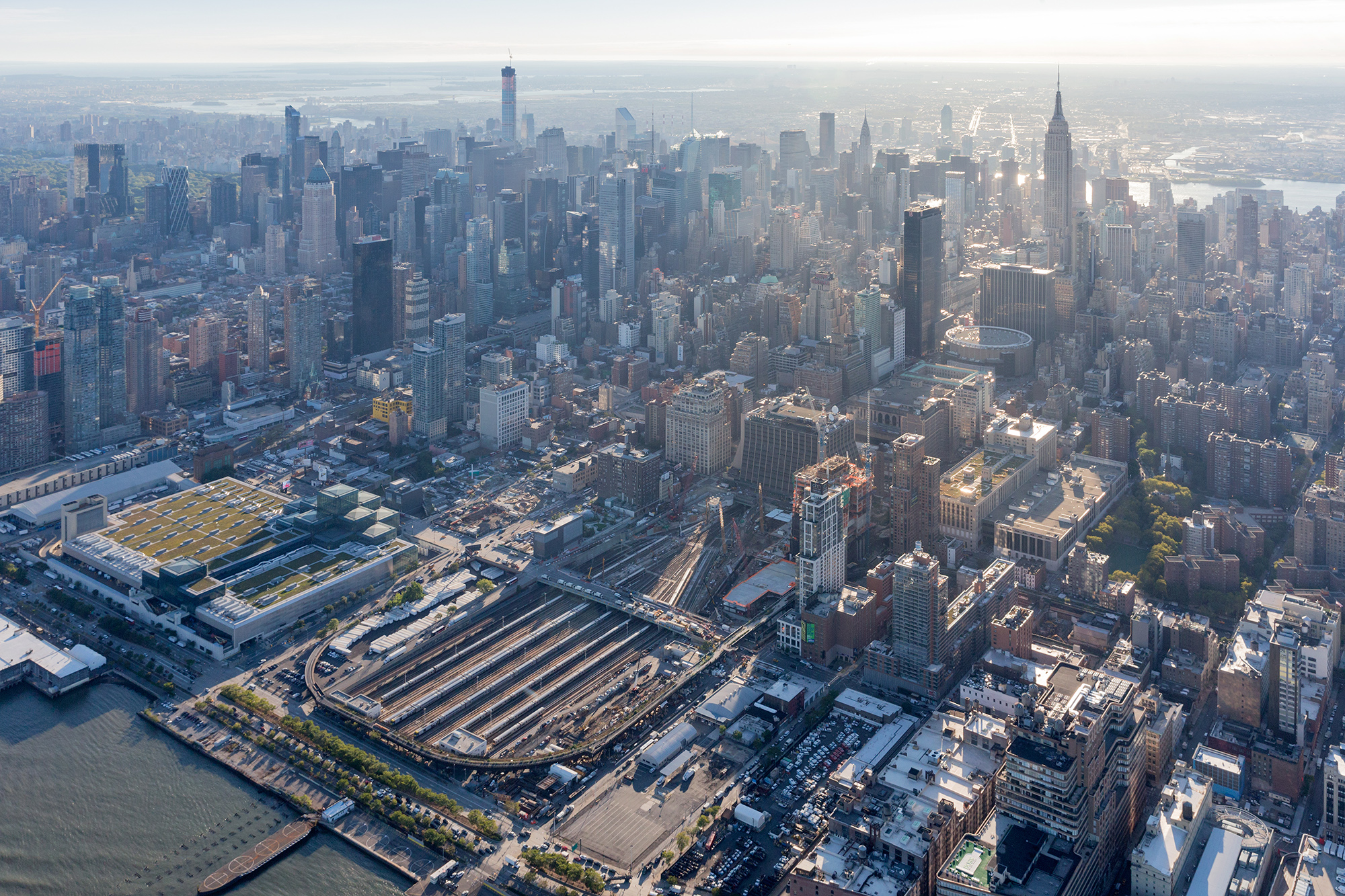
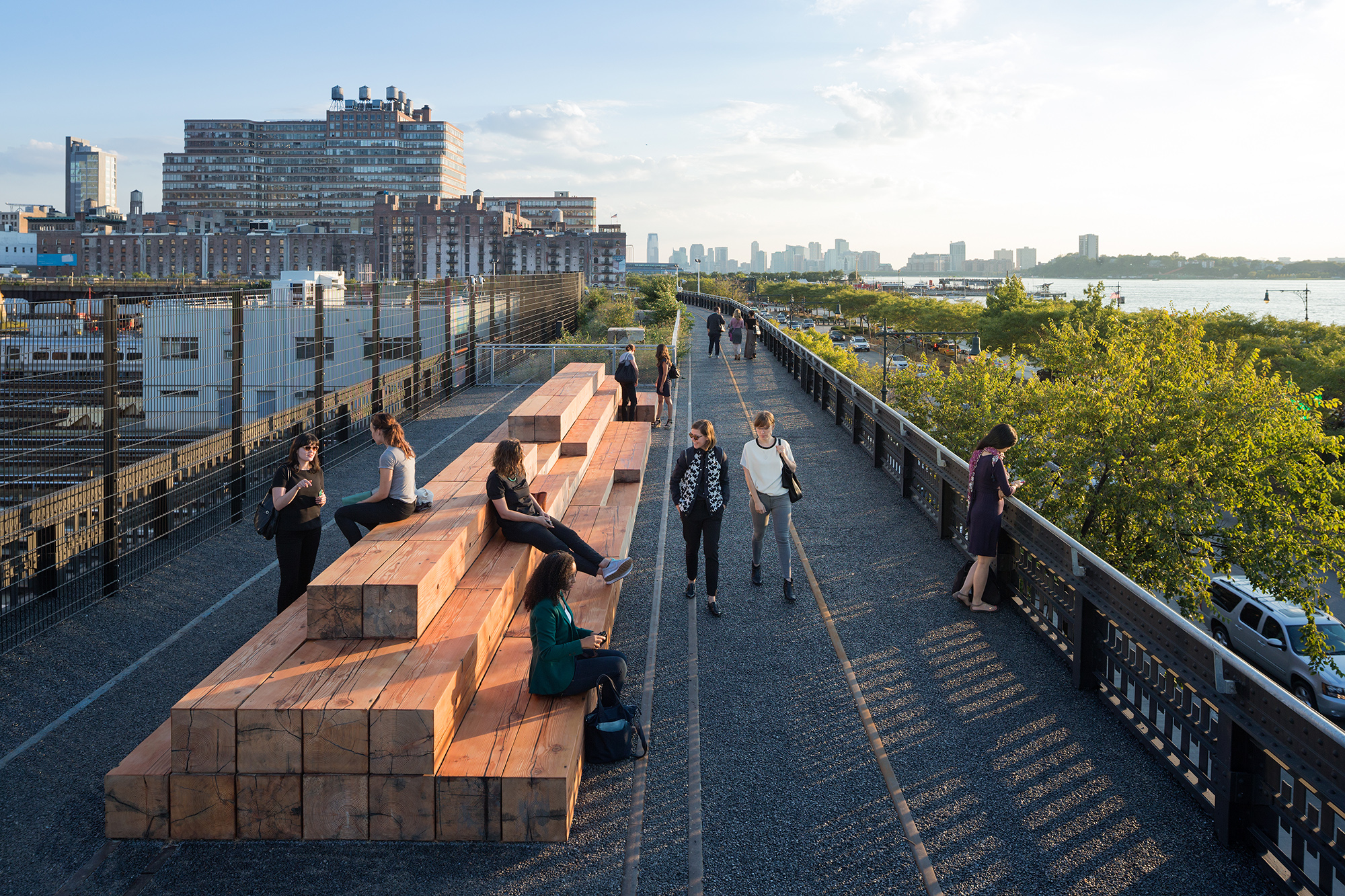 High Line at the Rail Yards by James Corner Field Operations, New York, NY, United States
High Line at the Rail Yards by James Corner Field Operations, New York, NY, United States
2015 Popular Choice A+Award
Representing one-third of the High Line, the recently opened final section at the Rail Yards is one of the most iconic stretches of the High Line with expansive views of the Hudson River and the Midtown skyline. Section 3 builds upon the identity and success of the existing High Line, yet finds new ways to respond to the radically new 21st century context of the future Hudson Yards development. The design takes advantage of the east-west orientation to the river, respects the existing wild landscape and industrial aesthetic, and introduces the next iteration of design elements.
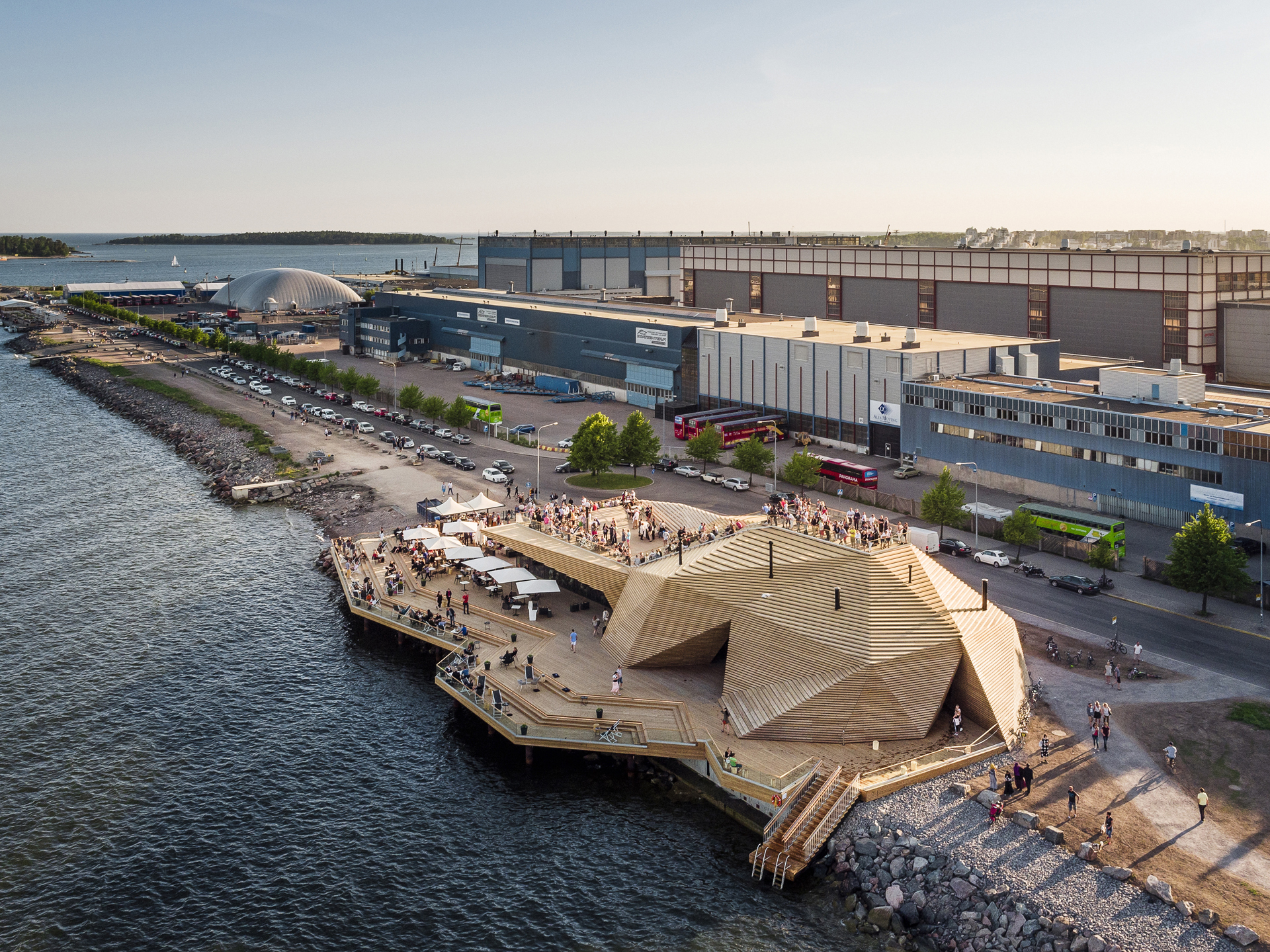
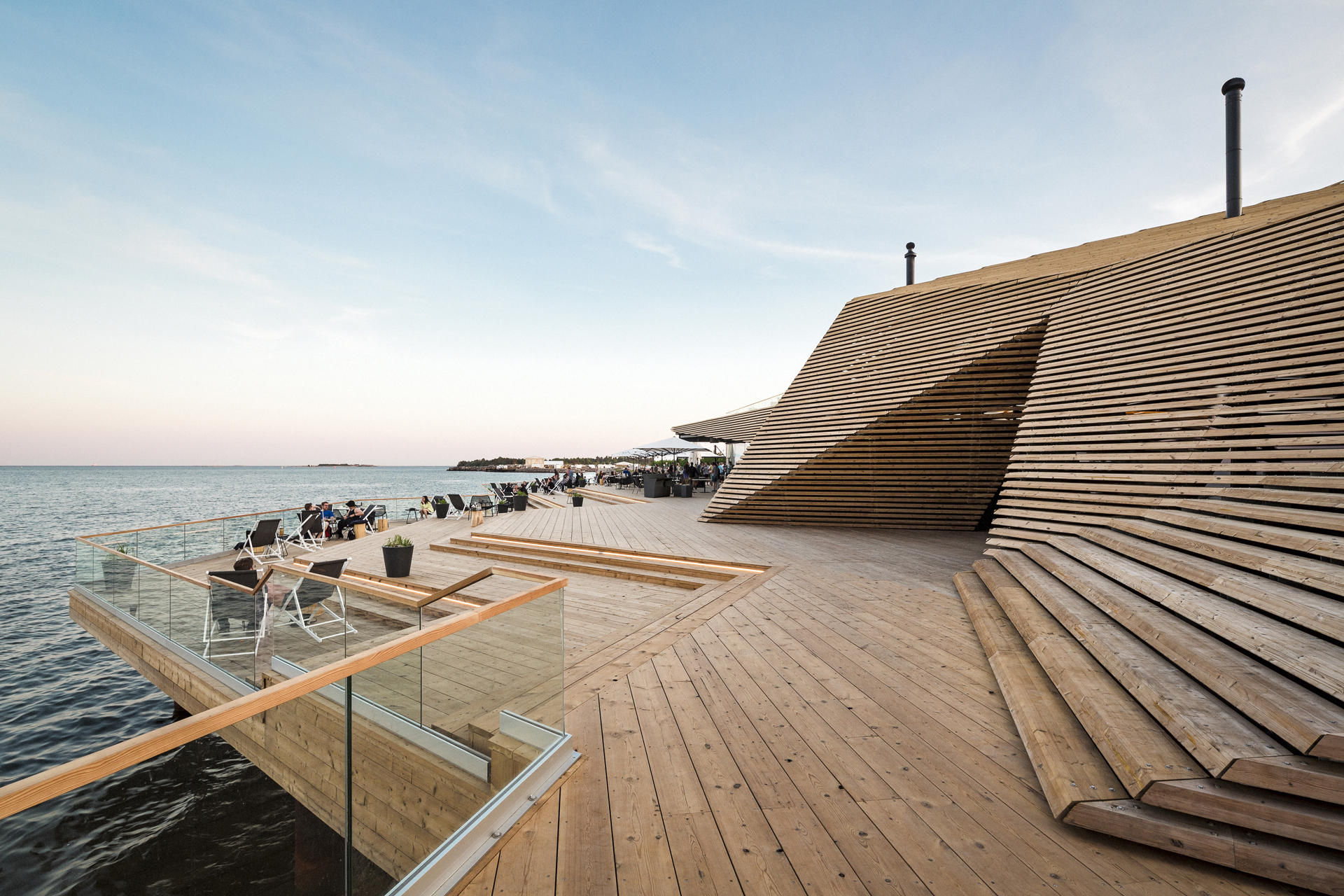 Löyly by Avanto Architects Ltd, Helsinki, Finland
Löyly by Avanto Architects Ltd, Helsinki, Finland
2017 Popular and Jury Choice A+Awards
Sauna bathing is an essential part of Finnish culture and national identity. Public saunas used to be common in bigger cities but now that most new apartments have saunas of their own, public saunas have decreased dramatically in number. There are only a couple remaining. As a sense of community is becoming a more and more important part of new urban culture, many new public saunas are being planned. With Löyly (meaning the steam that comes when you throw water on hot stones in a sauna) Helsinki offers visitors a public sauna experience all year round.
Architizer's new image-heavy daily newsletter, The Plug, is easy on the eyes, giving readers a quick jolt of inspiration to supercharge their days. Plug in to the latest design discussions by subscribing.






 Cineteca Nacional Siglo XXI
Cineteca Nacional Siglo XXI  High Line at the Rail Yards
High Line at the Rail Yards  Infinity Kindergarten
Infinity Kindergarten  Löyly
Löyly  LYCS Architecture Office
LYCS Architecture Office  SUPERKILEN
SUPERKILEN  Tiantai No.2 Primary School
Tiantai No.2 Primary School  Tongva Park and Ken Genser Square
Tongva Park and Ken Genser Square 


